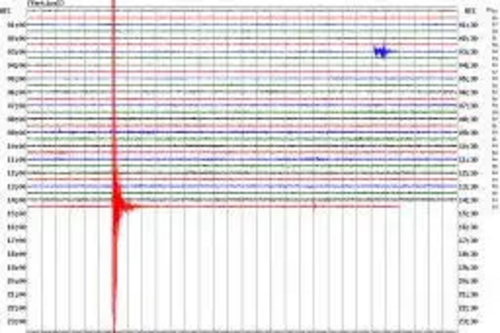
Letter from Westminster - Paul Rowen
I have during the last couple of weeks been leading for the Liberal Democrats on the Welfare Reform Bill. During the committee stages of a bill members go through the proposed bill line by line putting forward amendments to improve the bill.

